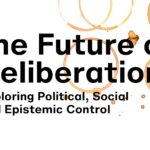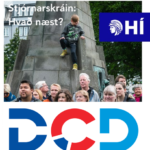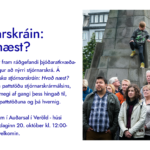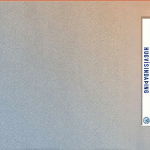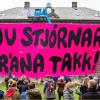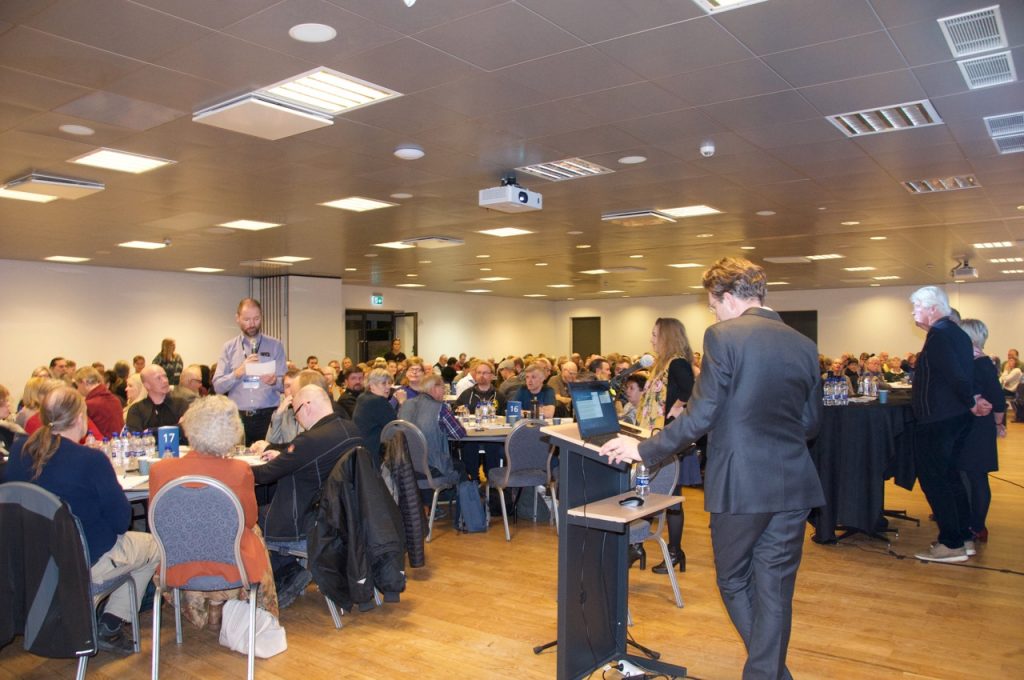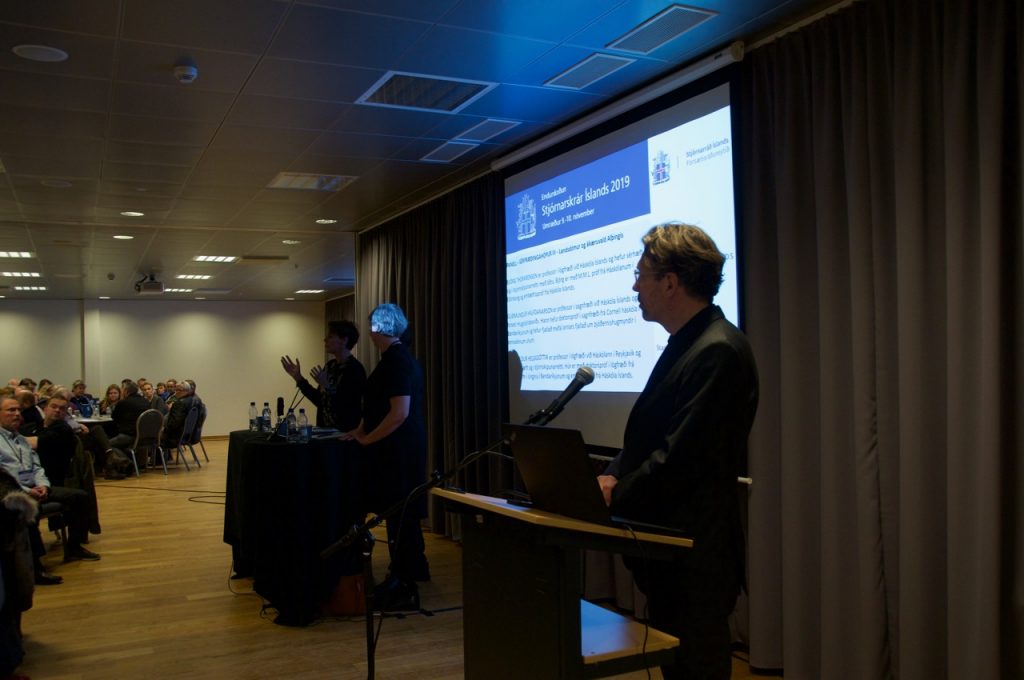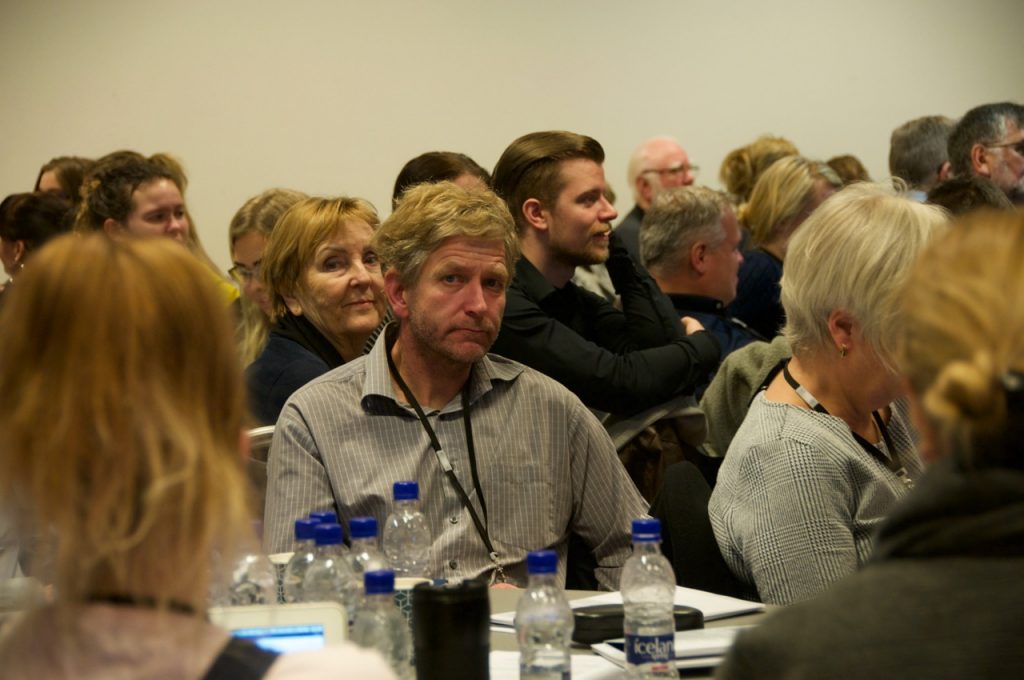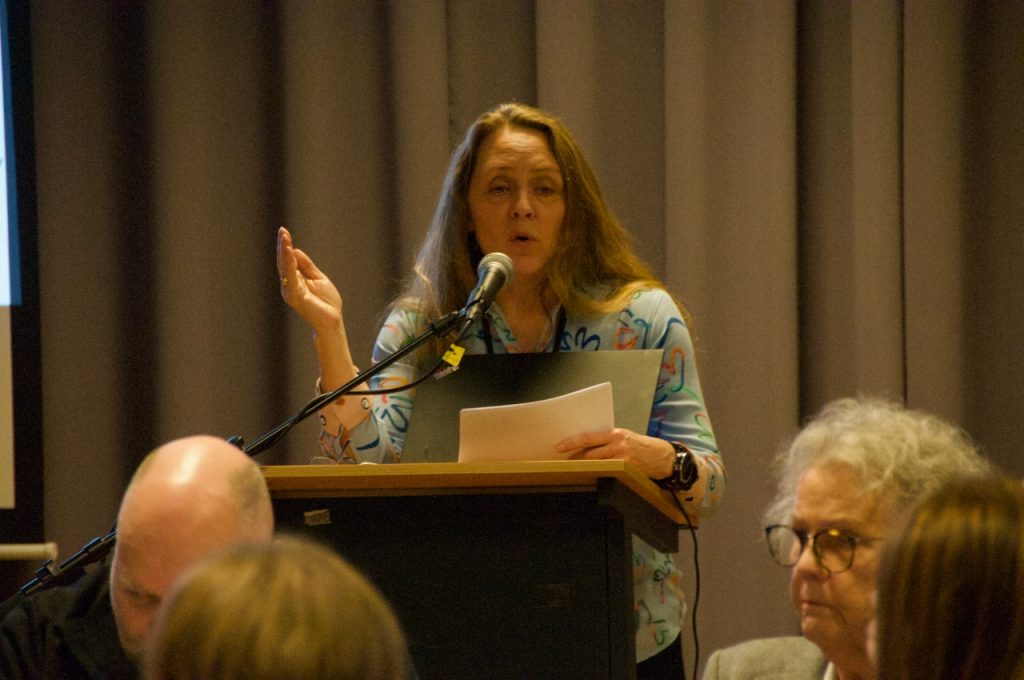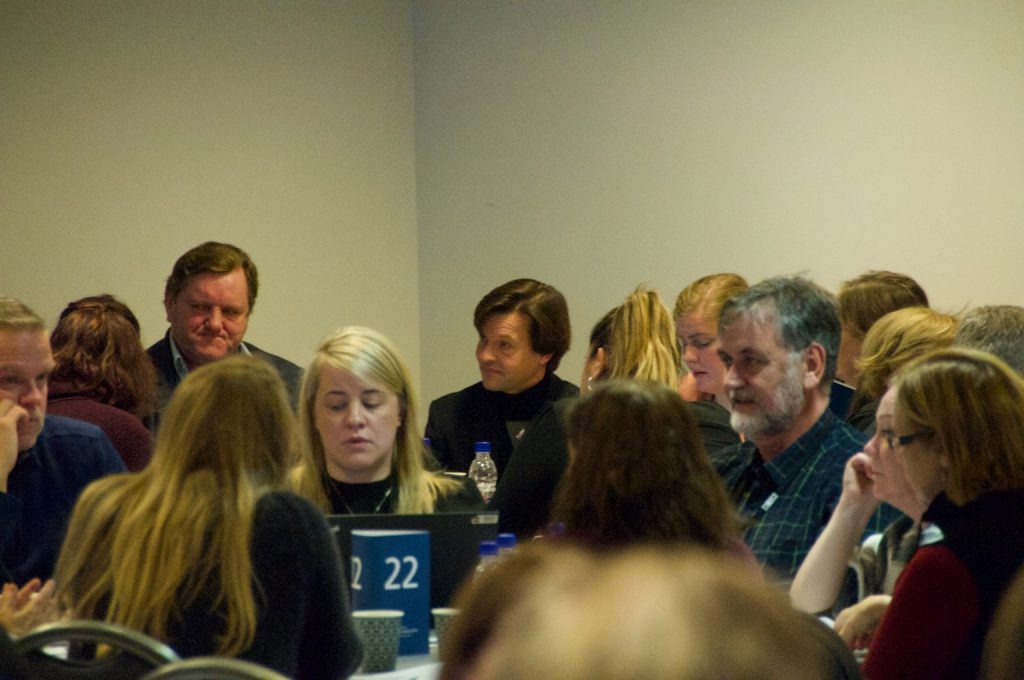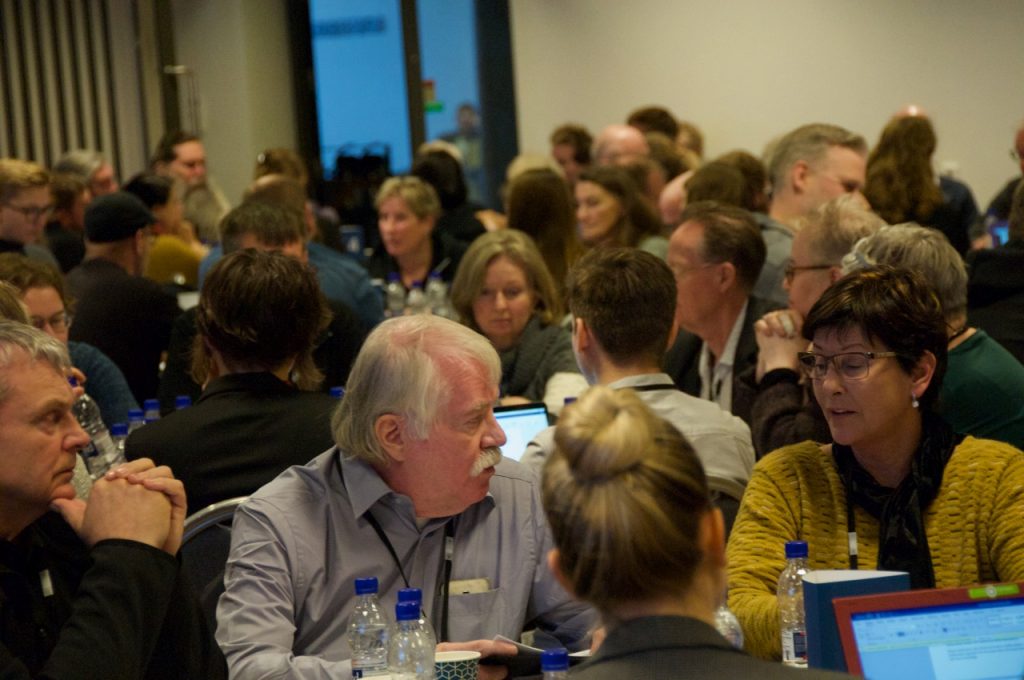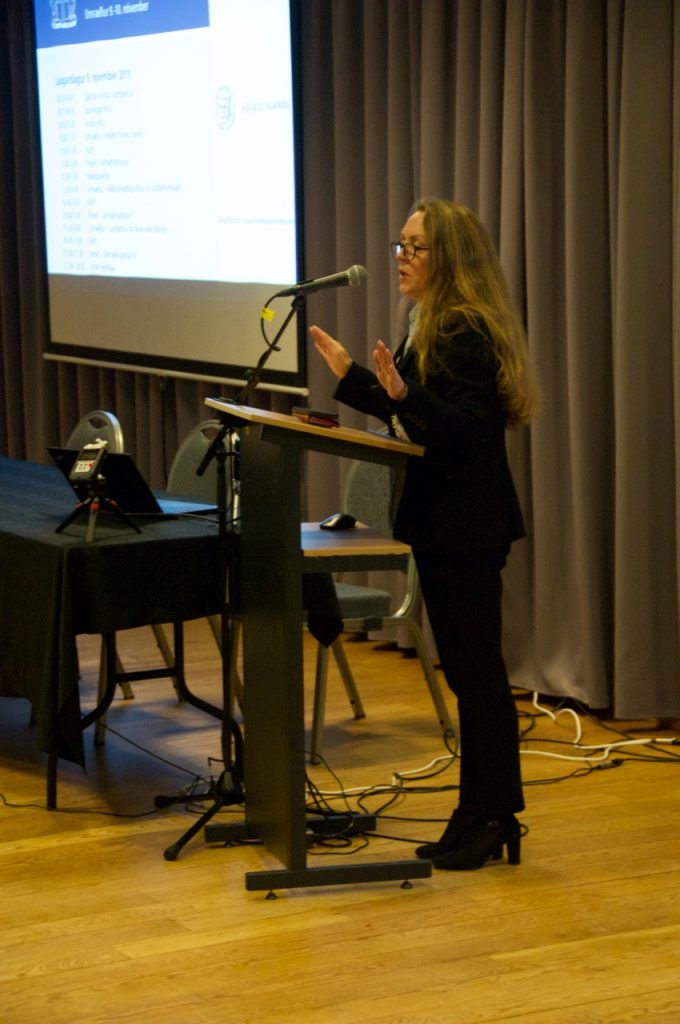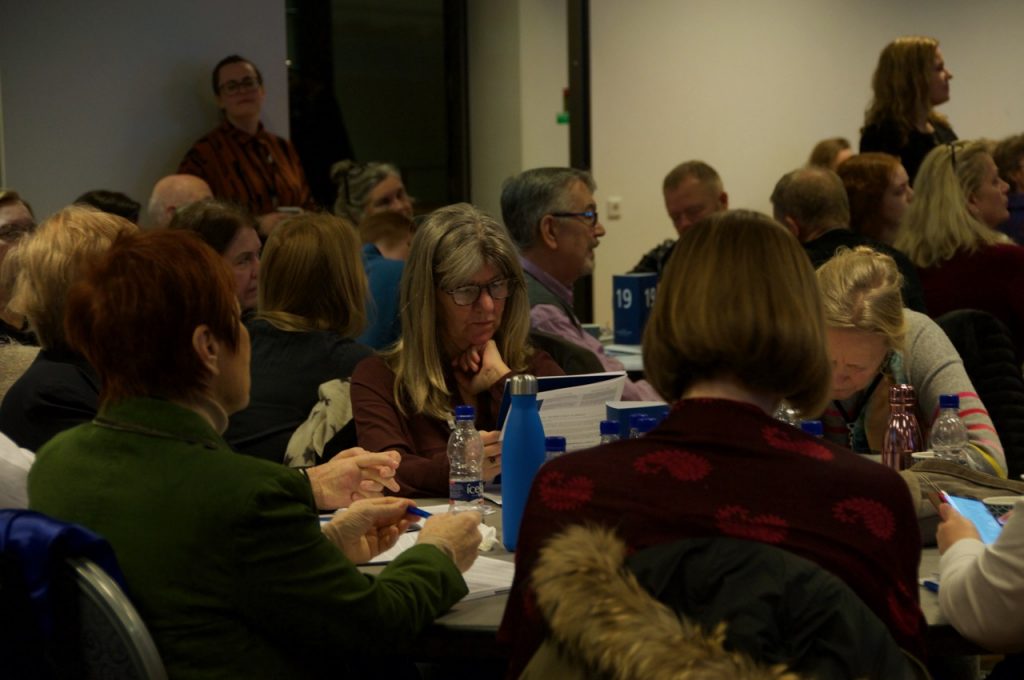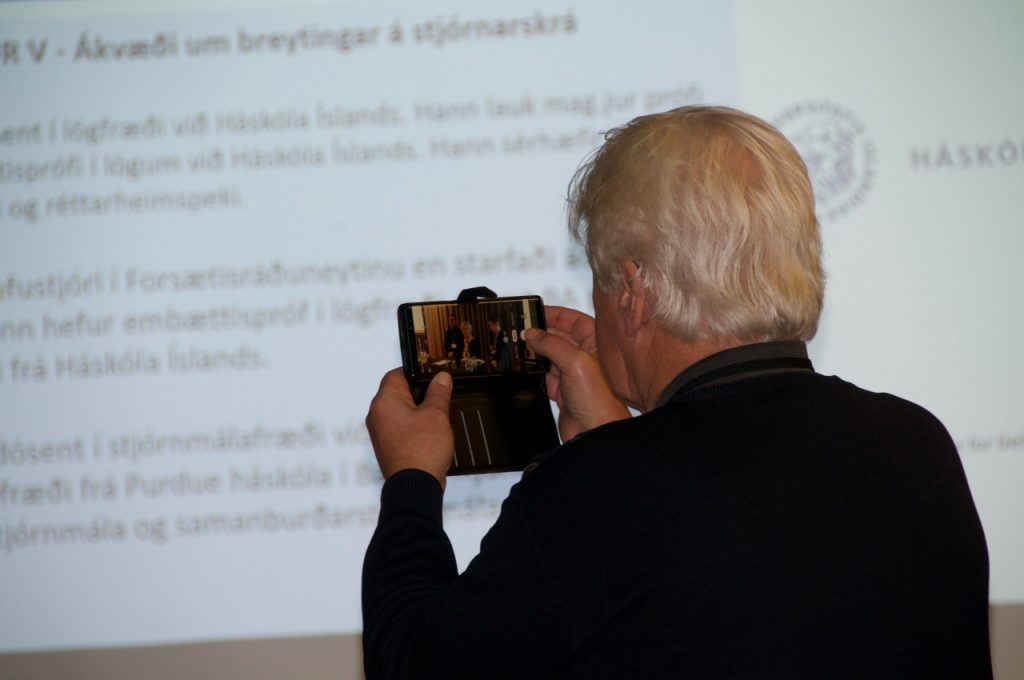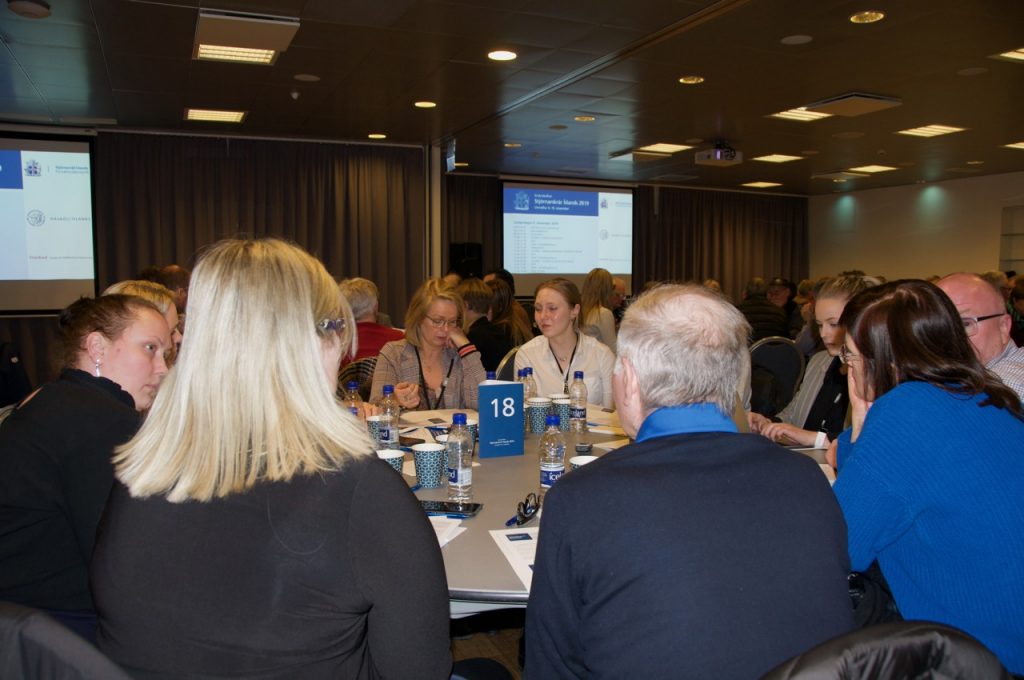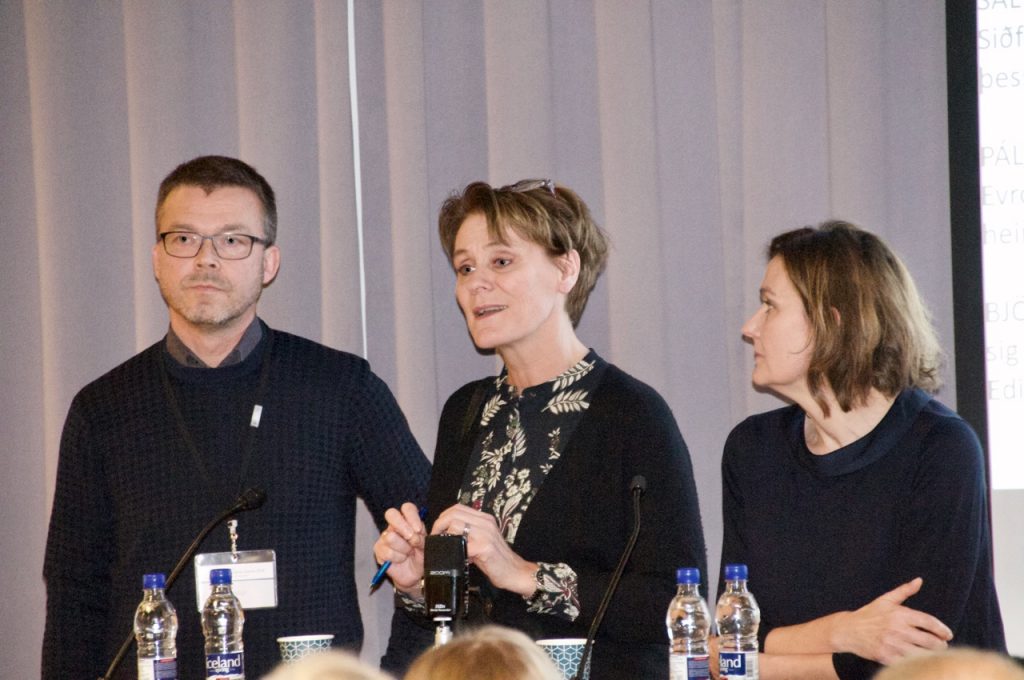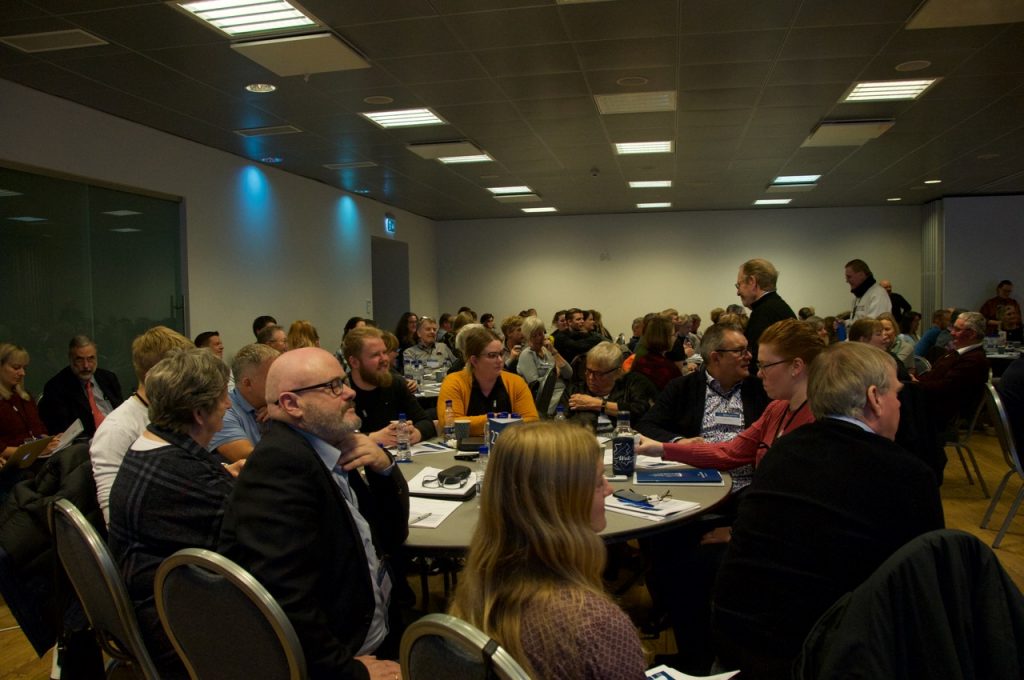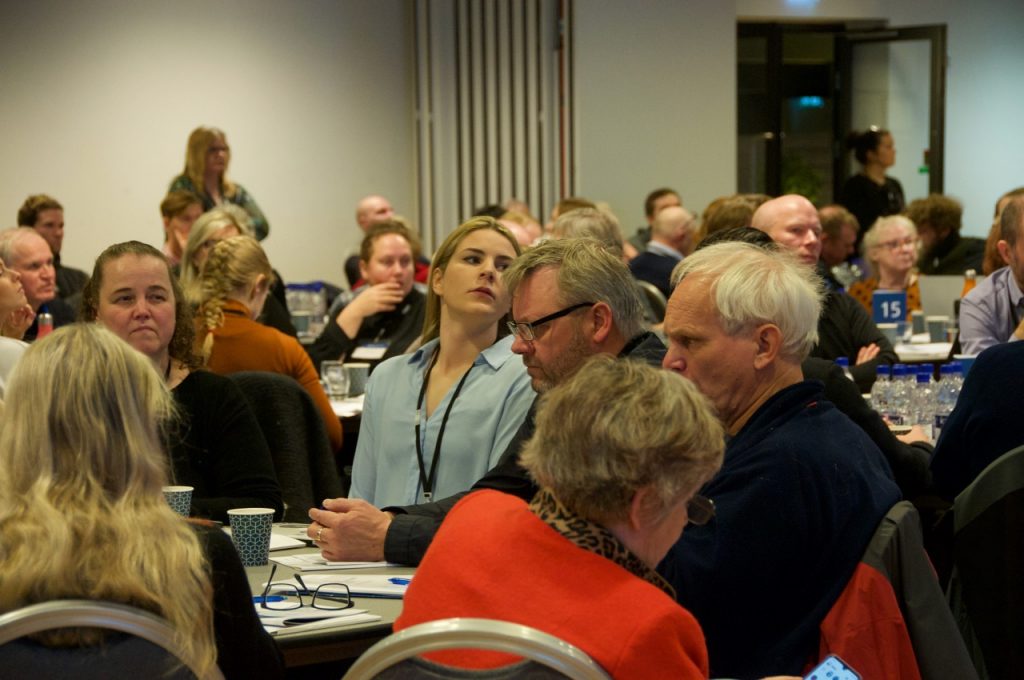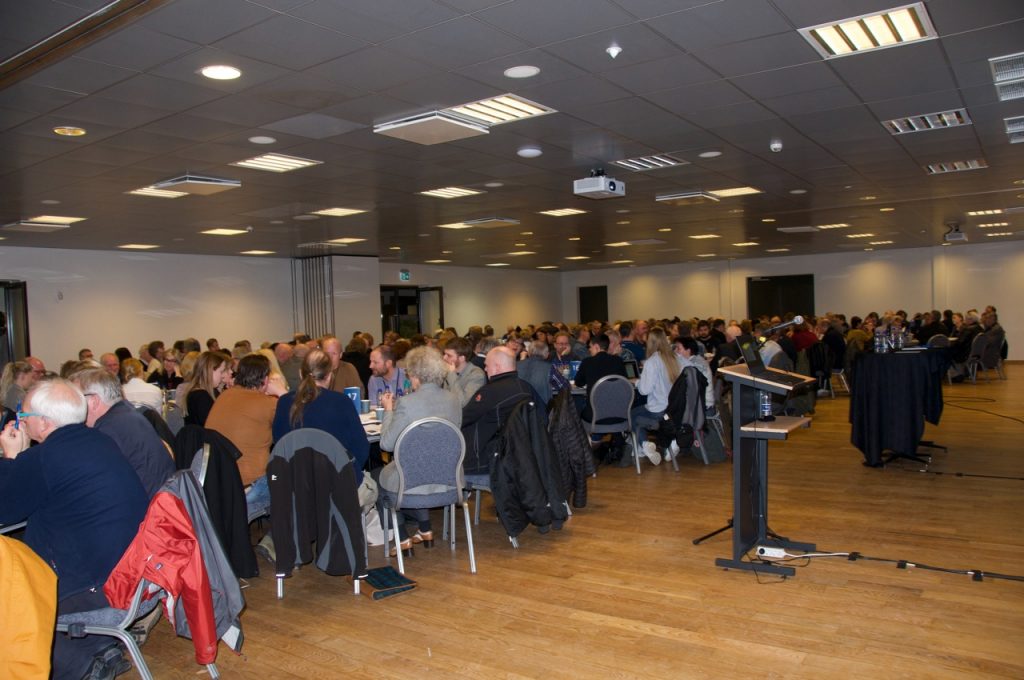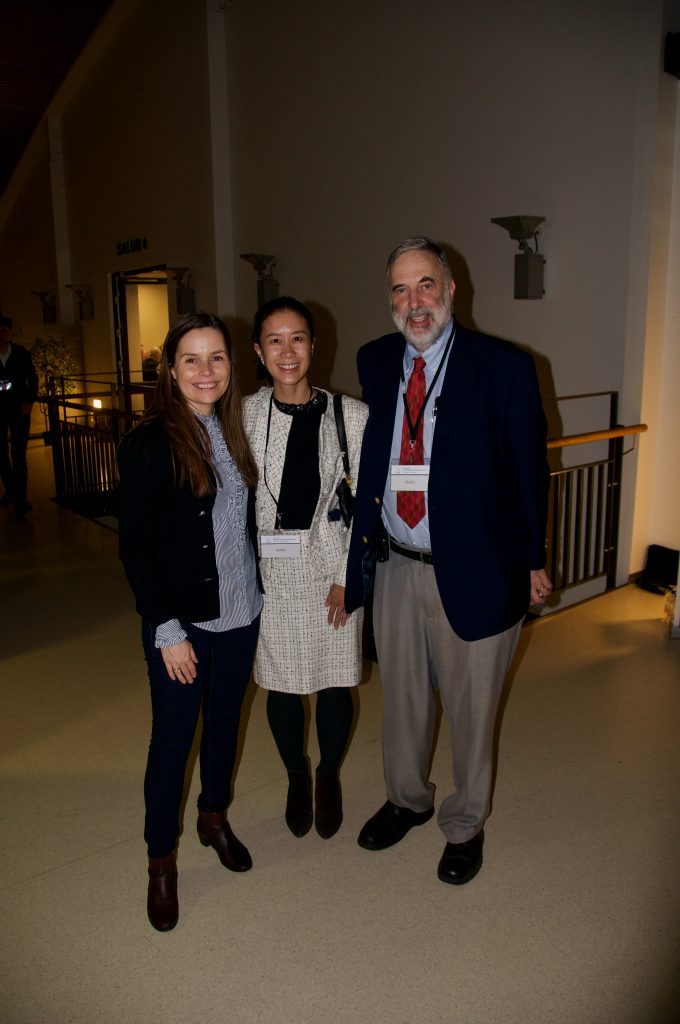| TITLE OF PAPER | Indigenous, Feminist and Queer Perspectives Risk Eternal Invisibility in the Art Museum in Spite of Current Visibility. A few Norwegian Examples. |
|---|---|
| AUTHORS NAME | Ulla Angkjær Jørgensen |
| AFFILIATION | Norwegian University of Science and Technology |
| UNIVERSITY / INSTITUTE | Dept of Art and Media Studies, Norwegian University of Science and Technology |
| ulla.jorgensen@ntnu.no | |
| ABSTRACT |
In traditional art museums, indigenous art, feminist and queer art are invisible because the dominant narrative is the Western, international canon. However, in current museum practice and exhibitions, feminist perspectives, female artists, queer art and indigenous art are highlighted and recirculated as part of museums’ consciousness raising in favour of these perspectives. The problem, though, remains that these perspectives get absorbed into contemporary art instead of being used to redefine existing narratives and canons in the museum. They are used for all the wrong reasons and in the long run they risk staying invisible. Territoriality is the basis of the national art museum as an institution. National galleries of art represent the nation at the level of high culture and in a comparative perspective with other civilized nations. This is the function of the national survey museum. And as to contemporary art, the global art marked has already redefined the borders of national art, as well as the global “curator-regime” (biennials and kunsthalle) since the 1990s has changed power relations in contemporary art (C. Bydler 2004; H. Belting and A. Buddensieg 2009). This leaves the question of territoriality in relation to art somewhat different than the one sketched in the call, but does the globalisation of the art world mean that all is good and well? Indigenous, feminist and queer perspectives are “trending” and exposed rather than marginalised nowadays, but where does this leave their critical potentials for rewriting art history in the long run? Through Norwegian cases we will discuss how Sámi and feminist perspectives in fact problematises existing narratives but risk obscurity in the end because in contemporary art, they are used to promote fleeting identity policies. A thorough reformulation of the institution according to indigenous, feminist and queer perspectives would mean to reconsider the structure of the collection, the labelling of objects, the understanding of contexts, etc. |
| BIOGRAPHY |
Ulla Angkjær Jørgensen is Associate Professor of Art History at the Norwegian University of Science and Technology. Her research focuses on Nordic twentieth-century and contemporary art, feminist art history, post-colonialism, visual culture along with globalisation and technology and the arts. She has participated in interdisciplinary research projects on gender and aesthetics, Nordic art and globalisation, and currently, with Sigrun Åsebø, she leads the project Gender and Diversity in Nordic Art Museums. Her publications include the book Kropslig kunst (2007), chapters in Globalizing Art (2011), Kjønnsforhandlinger (2013), and Sámi Art and Aesthetics (2017). In 2015, she was the co-curator of the exhibition WOMEN FORWARD! at the Museum of Contemporary Art in Roskilde, Denmark. Coming publications include chapters in Digital Dynamics in Nordic Contemporary Art (Toft); Black Venus: Body, Figuration, and Aesthetic Practices (Gjerden, Jegerstedt, Švrljuga); A Cultural History of the Avant-Garde in the Nordic Countries 1925-1950 (Hjartarson, Kollnitz, Stounbjerg, Ørum). |
| CO-AUTHORS |
Sigrun Åsebø, Associate Professor, University of Bergen, sigrun.asebo@uib.no |
| KEYWORDS | Art, museum, feminism, queer, Sámi |
| STREAM | |
| COMMENTS |
I don’t know which stream we fit into. Could we get back to this? |
| PICTURE |  |
| Webpage | https://www.ntnu.no/ansatte/ullaaj |
| https://www.facebook.com/ullaangkjaer |
Home »
